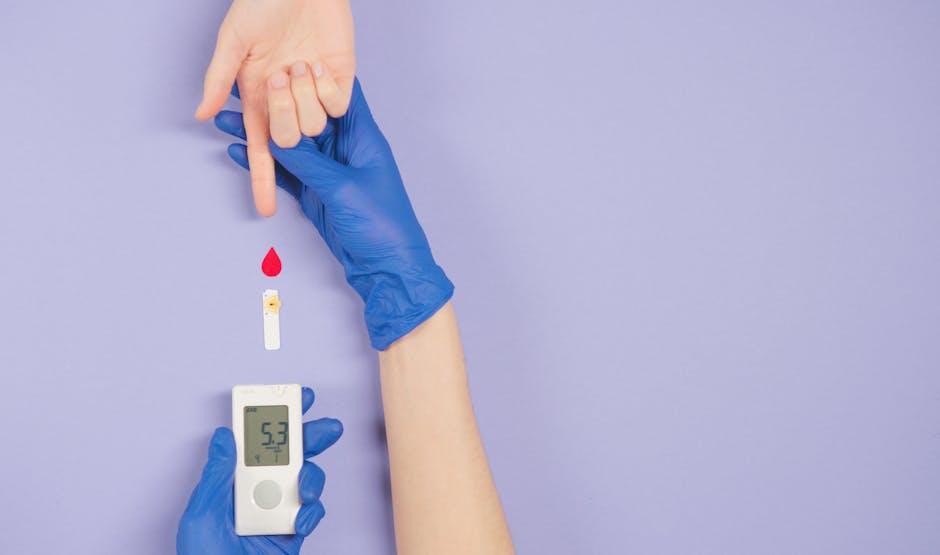“In a person with diabetes, there are more concerns beyond blood sugar levels,” explains Aimée José, RN, CDCES, a diabetes coach based in the San Diego area. “There are two reasons, really. The first is neuropathy, which affects their ability to sweat. And the second is when blood sugar levels rise, it can truly compound the effects of dehydration. It’s significantly harder for the body to cool itself down.”
- Heavy sweating
- Weakness or fatigue
- Dizziness or lightheadedness
- Nausea or vomiting
- Rapid pulse
- Headache
- Cool, clammy skin despite the heat
- Muscle cramps
If you or someone you know is experiencing these symptoms, seek shade, drink hydrating fluids, and cool the body with damp cloths or cold packs. Symptoms of heat exhaustion can mimic those of low blood sugar, so it’s important to check blood sugar levels and, if low, eat a snack to bring them back into target range.
José says signs and symptoms of heat exhaustion or a heatstroke in a person with diabetes should be treated as an emergency and warrants a trip to the emergency department. “Don’t wait, because heat exhaustion can easily lead to other dangerous issues, like diabetic ketoacidosis [DKA].”











